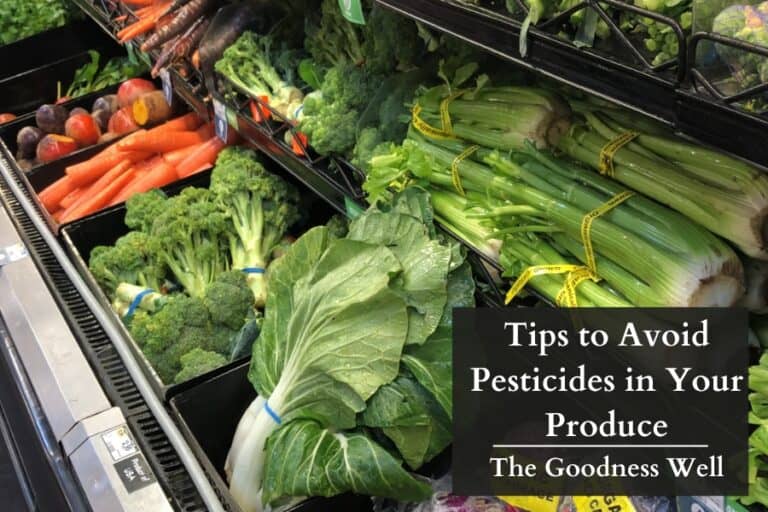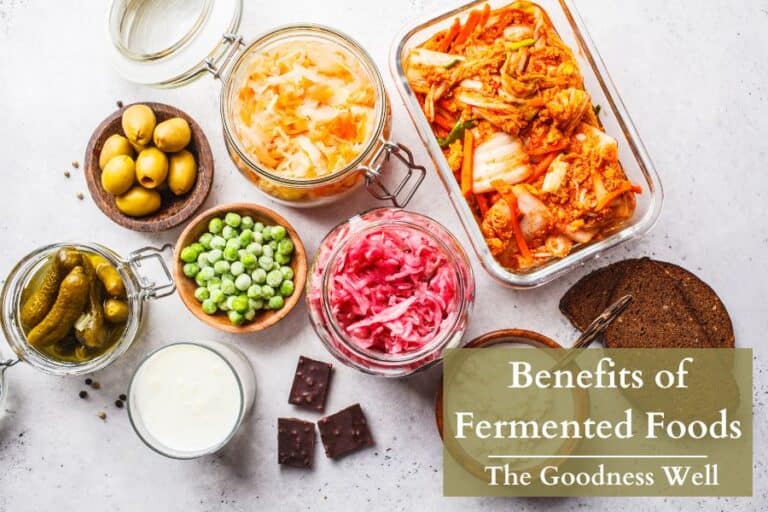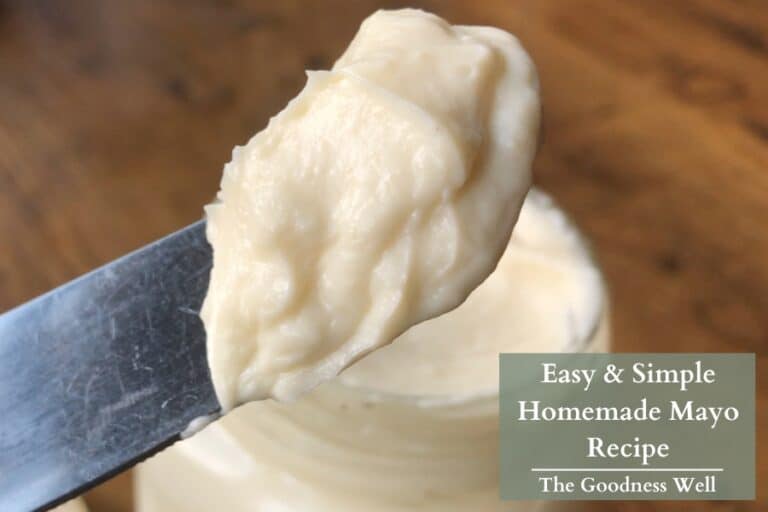A Complete Guide To 15 Different Types of Flours & Flour Substitutes
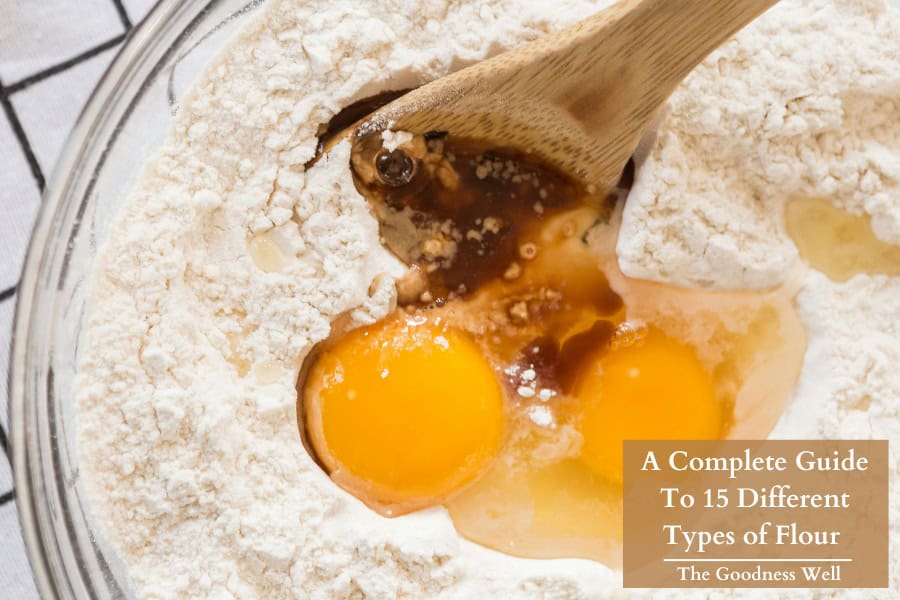
Flour is the foundation of many recipes, from fluffy pancakes to artisan bread and pasta.
But did you know that many different flours serve different purposes?
With so many options available, it can be overwhelming to choose the right one. Some flours add extra nutrients, others cater to dietary restrictions, and some bring different flavors and textures to your baked goods.
In this article, I’ll help you understand the different flour types and substitutes so that you can choose which flour is best for you.
Let’s get into it.
🥖Traditional Flours
These first 4 fours are traditional flours that can be used to bake all types of everyday goods.
Traditional flours are often cheaper but they do contain gluten which is important to consider if you have any dietary restrictions.
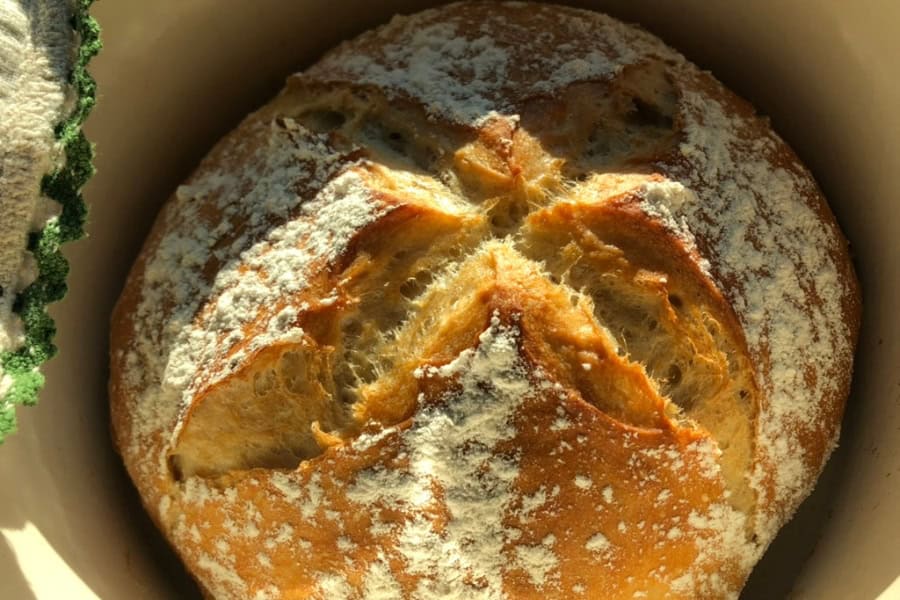
1. All-Purpose Flour
All-purpose flour is your standard, go-to flour. It works in almost any recipe, which is why it’s considered the “jack-of-all-trades” in the baking world.
If you’re just starting out or want a reliable option, this is it!
Best For: Everyday baking, bread, quick bread, cookies, cakes, brownies, as a coating for fried foods, and as a thickener for sauces and gravies
Pros: Versatile, available pretty much everywhere, and it provides good structure without being too tough.
Cons: Lacks nutritional value and contains gluten.
2. Whole Wheat Flour
Whole wheat flour is a more nutritious alternative to all-purpose flour. It adds a nuttier flavor and darker color to your baked goods but can also make them a bit more dense.
It’s great when you want to add more fiber to your diet.
Best For: Dense bread, muffins, cookies, and pancakes.
Pros: Whole wheat flour retains more fiber, vitamins, and minerals than refined flours, making it a more nutritious choice.
Cons: Heavier texture, can make baked goods denser and the nutty, earthy taste of whole wheat flour can be strong, which some may find overpowering in delicate bakes.
3. Bread Flour
Bread flour has a higher protein content, which means more gluten and better structure for breads that need a strong rise.
If you’re baking bread regularly, this flour is worth having on hand.
Best For: Yeast bread, pizza dough, pretzels, bagels, and buns.
Pros: Higher protein/gluten content for better rise.
Cons: Bread flour can make cakes and pastries tough and dense, so it’s best reserved for bread-making.
4. Cake Flour
Cake flour has a super fine texture and low protein, which gives cakes that melt-in-your-mouth quality.
Use it when you want an ultra-soft, delicate texture in your baked goods.
Best For: Cakes, delicate pastries.
Pros: Cake flour has a lower protein content (around 7-8%) compared to other flours, resulting in less gluten formation and a softer texture.
Cons: Limited versatility, not ideal for bread.
🧇Gluten-Free Flours
If traditional flours aren’t an option for you due to gluten sensitivities or dietary preferences, or if you’re simply looking to experiment with new flavors and textures, there are plenty of flour alternatives that work great.
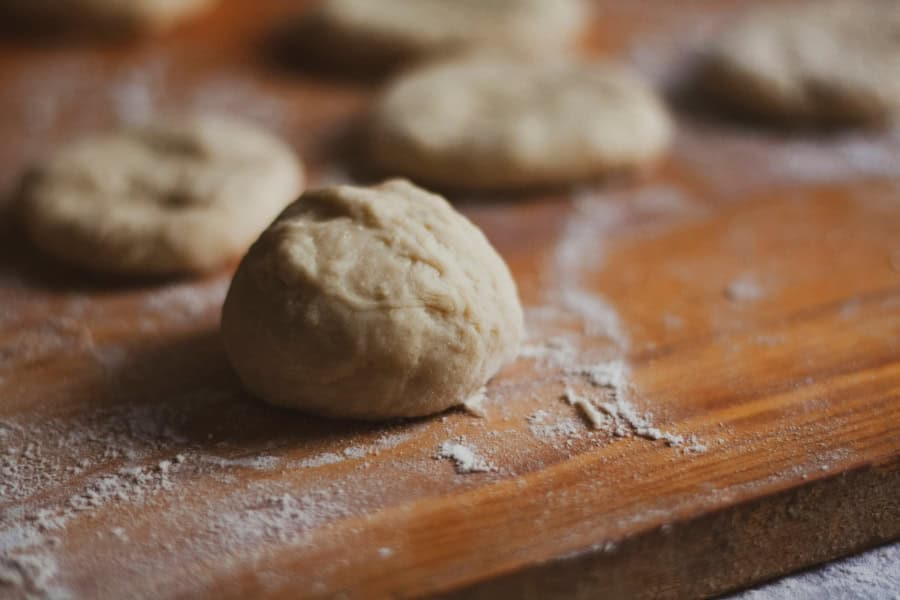
5. Almond Flour
Almond flour is made from ground-blanched almonds. It’s great for those on gluten-free, low-carb, or paleo diets.
It adds a bit of nuttiness and richness to your recipes that wheat flour can’t match.
Best For: Paleo and gluten-free baking, cakes, muffins, cookies, breading for meats, and fried or baked foods
Pros: Low-carb option. Almond flour adds moisture and fat, which helps keep baked goods soft and tender.
Cons: Almond flour tends to be pricier than other flour, and it doesn’t provide the same structure as wheat flour, often requiring eggs or other binders.
6. Coconut Flour
Coconut flour is a tricky one! It absorbs a lot of liquid, so you can’t just swap it one-for-one with other flours.
But if you get the balance right, it’s a fantastic low-carb option that’s perfect for gluten-free treats.
Best For: Gluten-free baking, low-carb desserts, thickening smoothies and soaps
Pros: High fiber, absorbs a lot of moisture. Coconut flour requires a lot more liquid or eggs compared to other flours; a little goes a long way.
Cons: Can make baked goods dry, requires more eggs/liquid.
7. Oat Flour
Oat flour adds a mild, slightly sweet flavor and is super easy to make by blending oats in a food processor.
It’s great when you want to add some extra fiber and whole-grain goodness to your recipes.
Best For: Pancakes, muffins, cookies, quick breads
Pros: Gluten-free if using certified oats, good for fiber.
Cons: Dense and absorbs more moisture than all-purpose flour, so recipes may need adjustments in liquids.
🥯Alternative Grain Flours
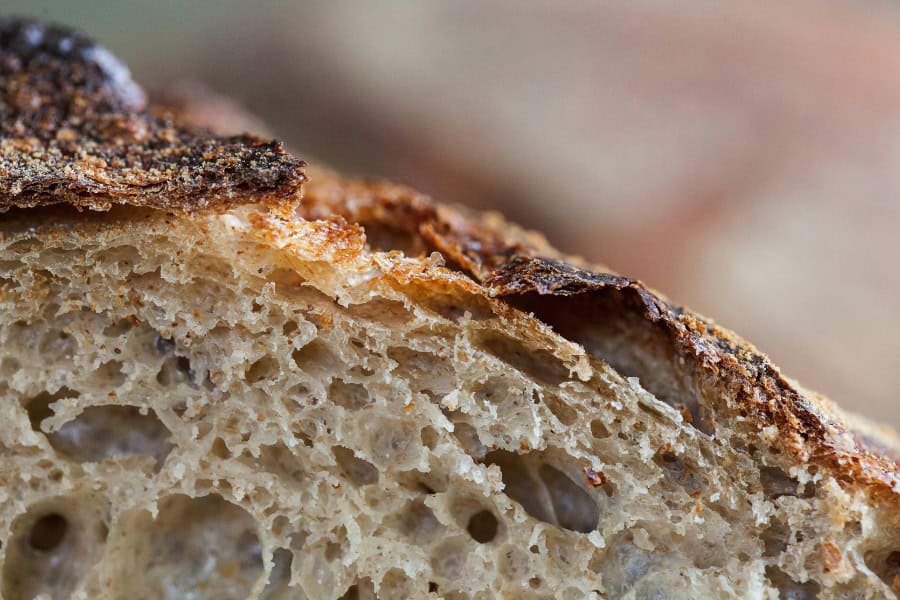
8. Rye Flour
Rye flour brings a deep, slightly sour taste that’s perfect for artisan breads. It’s less common but worth trying if you want to experiment with different flavors.
Best For: Dense bread(rye bread), crackers, biscuits
Pros: Unique flavor, higher nutrients than white flour
Cons: Because of its lower gluten content, rye flour produces denser baked goods, which can be desirable in traditional breads but may require adjustments in some lighter recipes.
9. Spelt Flour
Spelt is an ancient grain that’s easier on the stomach but still has that chewy, satisfying texture we love in bread. It’s a great way to change things up while still getting a nice rise in your dough.
Many people who struggle with modern wheat find spelt easier on their digestive systems, though it’s still not suitable for those with celiac disease.
Best For: Breads, pastries, pasta, pizza dough
Pros: Easier to digest, light nutty flavor.
Cons: Still contains gluten, not suitable for celiac disease.
10. Buckwheat Flour
Buckwheat isn’t actually related to wheat; it’s a seed, making it naturally gluten-free.
It has a bold, earthy flavor that works well in rustic recipes but can be too intense for some baked goods.
Best For: Pancakes, waffles, noodles, pasta, cookies, muffins, quick bread
Pros: Distinct nutty flavor. Naturally free of gluten, buckwheat is suitable for those with celiac disease or gluten sensitivities, although it often benefits from additional binders or other flours to improve texture.
Cons: Strong flavor, can overpower mild recipes.
🍞Starch-Based Flours
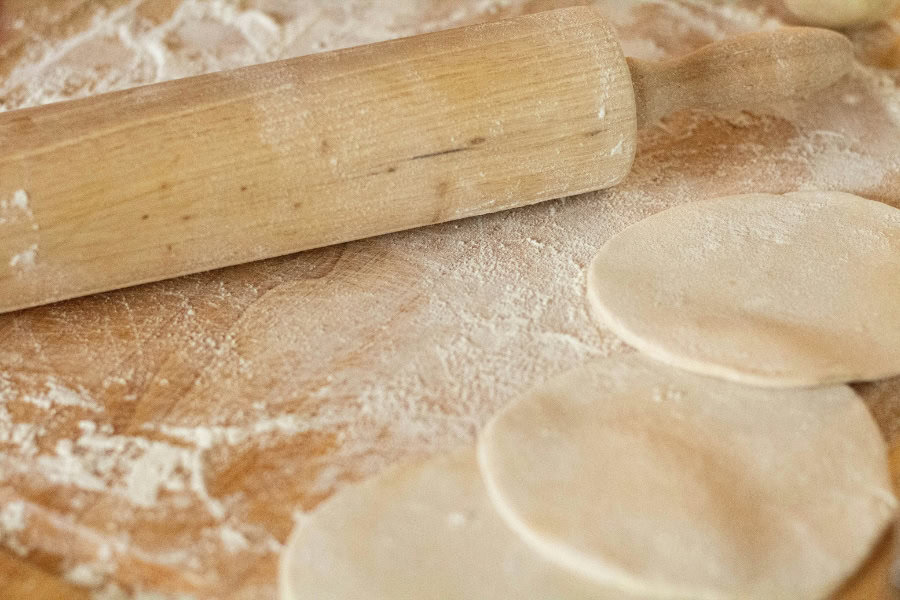
11. Tapioca Flour
Tapioca flour is made from the starchy root of the cassava plant. It’s great for adding chewiness to your baked goods and is a staple in many gluten-free flour blends.
Best For: Thickening sauces and soups, gluten-free baking, pudding, pie filling, flat breads and tortillas.
Pros: Adds chewiness to baked goods, neutral flavor.
Cons: High in carbohydrates, lacks nutrients.
12. Arrowroot Flour
Arrowroot is a versatile flour that’s often used in gluten-free baking to add lightness and help bind ingredients together. It’s also fantastic for thickening sauces without adding any unwanted flavor.
Best For: Thickening, gluten-free baking, and coating for fried foods.
Pros: Neutral taste, suitable for sauces and delicate baking.
Cons: Expensive, not ideal for breadmaking.
13. Blended Gluten-Free Flour
Blended gluten-free flours are mixes designed to mimic all-purpose flour, usually combining rice flour, potato starch, and other starches to balance taste and texture. They’re a great one-to-one swap in recipes if you’re avoiding gluten.
Best For: Mimicking all-purpose flour in gluten-free baking. Good for quick breads, muffins, cookies, pie crusts and other baked goods
Pros: Blended gluten-free flours save you the trouble of mixing individual flours and starches, providing a consistent and reliable product.
Cons: Can be expensive, with varying results between brands.
🥐Flour Substitutes
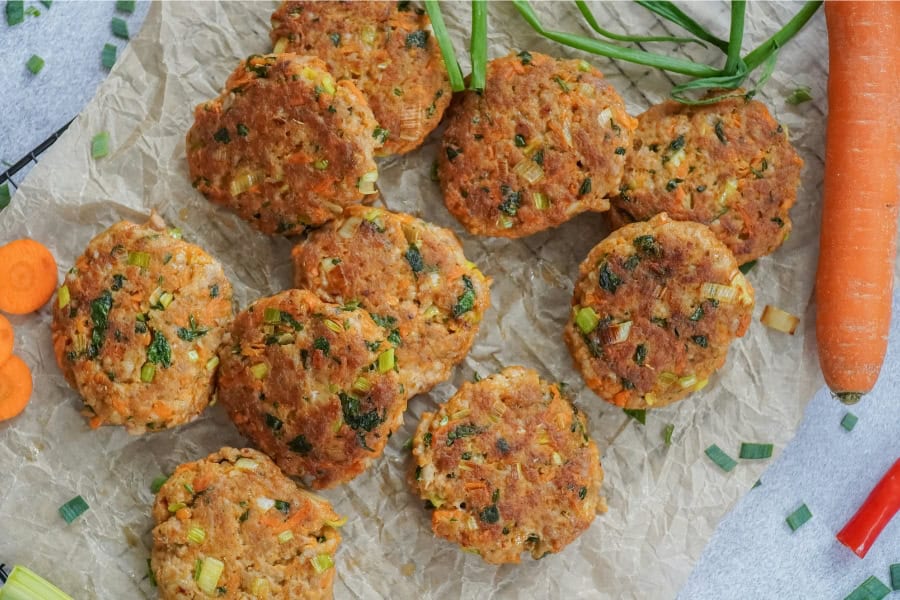
14. Chickpea Flour
Chickpea flour, also known as gram or besan flour, is great for adding protein to your bakes. It’s common in Middle Eastern and Indian cuisine and works well in both sweet and savory dishes.
Best For: Savory dishes, gluten-free baking such as flatbreads, crepes, fritters, homemade crackers, and thickening soups,
Pros: High protein, adds richness to recipes.
Cons: Distinct flavor, not suitable for sweet desserts.
15. Cassava Flour
Cassava flour is made from the whole cassava root and is popular for its similar texture to wheat flour. It’s a great option for those looking for a gluten-free alternative that doesn’t compromise texture.
Best For: Gluten-free baking, tortillas, pancakes, waffles, pizza crust, and as a thickener and for breading.
Pros: Neutral flavor, closest to wheat flour texture.
Cons: High in carbohydrates, can be expensive.
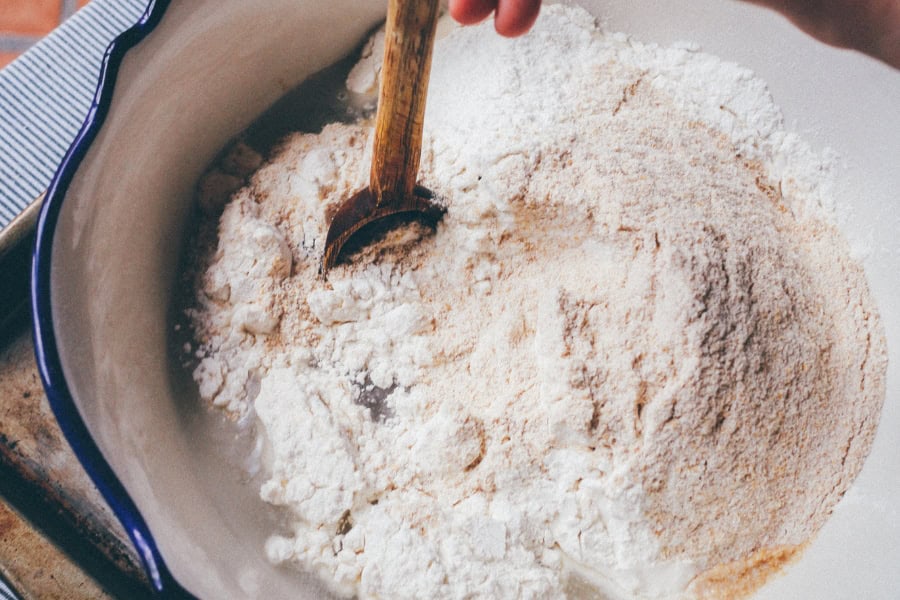
Key Factors to Consider When Choosing a Flour
When choosing a flour, it’s important to consider several key factors: the gluten content, which affects the structure and chewiness of your baked goods; the nutritional benefits, such as fiber, protein, and other essential nutrients; and the flavor and texture, which can significantly influence the final taste and feel of your recipe.
Moisture absorption plays a crucial role in determining how much liquid your flour will need, while rising capability, both with and without leaveners, dictates how well your baked goods will expand.
Lastly, and maybe most importantly, digestibility and dietary restrictions, such as gluten sensitivities or other allergies, should guide your choice to the best flour for you that aligns with your health needs and baking goals.
Flour comes in many different ways with lots of different uses. Understanding the different types of flour can help you level up your baking game.
Thank you for reading! We hope this guide was helpful!🥐🥖


